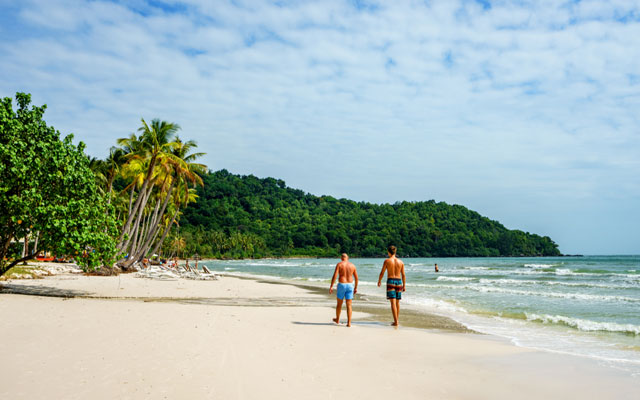As overtourism takes a toll on South-east Asia’s popular beaches, travellers are increasingly eschewing popular beach hotspots for less crowded ones, especially as improving air access in the region is making it easier to do so.
Vietnam, in particular, is shining as a favoured destination among European visitors for beach stays.

Pham Ha, CEO of Luxury Travel Vietnam, said: “Originally, Vietnam established itself as a cultural destination for European travellers, but we are now seeing a trend where people choose Vietnam as a beach holiday or a combination of a week of touring and a week on the beach before flying home.”
He noted a rise in the last couple of years in repeat bookings from Spain, France, Germany and the UK.
David Kevan of UK-based Chic Locations, noted: “Vietnam is a hot destination at the moment. To many it might be seen as the new Thailand, and without a doubt it ticks all the boxes on exotic culture, cuisine and excitement.
“But to think Vietnam’s beach resorts are less developed than Thailand’s shows an incredible lack of product knowledge. Danang and Phu Quoc are just as busy as Phuket and Samui, if not more so. They might be new to UK travellers, but the Russians and Chinese have been there in huge numbers for several years.”
As Danang, Nha Trang and Phu Quoc are no longer fledgling holiday spots, Linh Le, managing director of Asia DMC, said emerging beach destinations in the country appeal more to repeat longhaul visitors who prefer to “see and experience the untouched”.
He predicts Quy Nhon will be a popular spot with the European market, while Con Dao has seen increased interest from Europeans seeking nature-based tourism.
Laurent Lerognon, sales manager at Diethelm Travel Vietnam, also flagged up Quy Nhon and Con Dao as destinations to watch with longhaul markets.
“Quy Nhon and Con Dao are classic tropical beach destinations but pleasantly unspoiled. (They) are certainly a long way off the overdevelopment that has completely ruined areas of other popular holiday spots, meaning now is the time to visit,” said Lerognon.
According to Ha, other emerging beach destinations seeing an increase in interest from longhaul markets include Van Don, Cat Ba, Phu Yen, Lang Co in Hue and Ho Tram in Vung Tau, where a swathe of new properties is opening and access is easier, thanks to new products, cruises, helicopter transfers and regional flights.
Said Ha: “We are keen to see a new wave of repeat holidaymakers to Vietnam, especially now that visas are no longer required for many countries. Travel experts should now position Vietnam as a (beach) holiday destination rather than just a cultural destination.”
The desire to seek out hidden beaches among Europe’s experienced travellers is also clearly played out in Thailand.
Observed Kevan: “Phuket and Samui are perceived as overdeveloped and lacking aspiration. Both are increasingly transit points for onward travel to Khao Lak and Koh Yao Noi, and Koh Phangan and Koh Tao (respectively), showing that clients are willing to travel a little more to find something less commercialised.
“(Tour operators) can still benefit from the improved infrastructure and increased flights that mass tourism has (brought), but use the gateways to move (clients) to somewhere easily accessible but much more exclusive 80 minutes’ drive away.” – additional reporting by Xinyi Liang-Pholsena




















